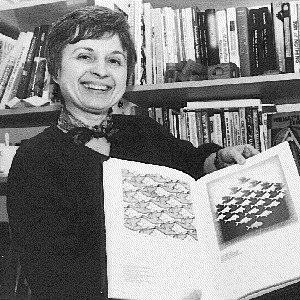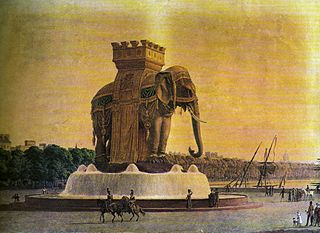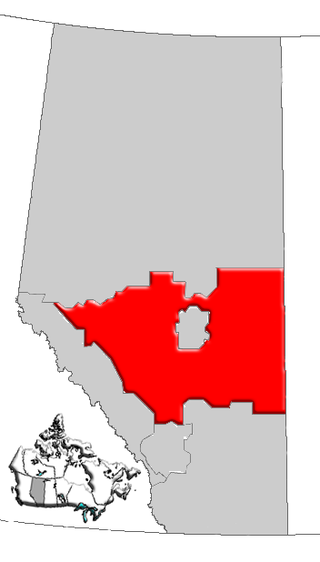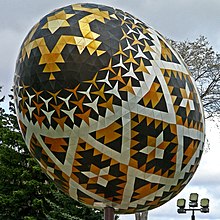
In geometry, a cube is a three-dimensional solid object bounded by six square faces, facets, or sides, with three meeting at each vertex. Viewed from a corner, it is a hexagon and its net is usually depicted as a cross.

Easter eggs, also called Paschal eggs, are eggs that are decorated for the Christian holiday of Easter, which celebrates the resurrection of Jesus. As such, Easter eggs are commonly used during the season of Eastertide. The oldest tradition, which continues to be used in Central and Eastern Europe, is to dye and paint chicken eggs.

A shape is a graphical representation of an object's form or its external boundary, outline, or external surface; it is distinct from other object properties, such as color, texture, or material type. In geometry, shape excludes information about the object's location, scale, orientation and reflection. A figure is a representation including both shape and size.

In geometry, an equilateral triangle is a triangle in which all three sides have the same length. In the familiar Euclidean geometry, an equilateral triangle is also equiangular; that is, all three internal angles are also congruent to each other and are each 60°. It is also a regular polygon, so it is also referred to as a regular triangle.

A tessellation or tiling is the covering of a surface, often a plane, using one or more geometric shapes, called tiles, with no overlaps and no gaps. In mathematics, tessellation can be generalized to higher dimensions and a variety of geometries.

A wallpaper is a mathematical object covering a whole Euclidean plane by repeating a motif indefinitely, in manner that certain isometries keep the drawing unchanged. For each wallpaper there corresponds a group of congruent transformations, with function composition as the group operation. Thus, a wallpaper group is a mathematical classification of a two‑dimensional repetitive pattern, based on the symmetries in the pattern. Such patterns occur frequently in architecture and decorative art, especially in textiles, tessellations, tiles and physical wallpaper.

Vegreville is a town in central Alberta, Canada. It is on Highway 16A approximately 103 km (64 mi) east of Edmonton, Alberta's capital city. It was incorporated as a town in 1906, and that year also saw the founding of the Vegreville Observer, a weekly newspaper for the region.

Marjorie Ruth Rice was an American amateur mathematician most famous for her discoveries of pentagonal tilings in geometry.

Novelty architecture, also called programmatic architecture or mimetic architecture, is a type of architecture in which buildings and other structures are given unusual shapes for purposes such as advertising or to copy other famous buildings without any intention of being authentic. Their size and novelty means that they often serve as landmarks. They are distinct from architectural follies, in that novelty architecture is essentially usable buildings in eccentric form whereas follies are non-usable, purely ornamental buildings also often in eccentric form.
41 Combat Engineer Regiment is an Army Reserve (militia) unit of the Canadian Military Engineers/Royal Canadian Engineers (RCE) in Alberta, Canada. The unit consists of:

Alberta has been a tourist destination since the early days of the 20th Century, with attractions including national parks, National Historic Sites of Canada, urban arts and cultural facilities, outdoor locales for skiing, hiking and camping, shopping locales such as West Edmonton Mall, outdoor festivals, professional athletic events, international sporting competitions such as the Commonwealth Games and Olympic Winter Games, as well as more eclectic attractions.
The Kalyna Country ecomuseum is a heritage and eco-tourism district in East Central Alberta, Canada, named after the highbush cranberry plant, pronounced (Ka-lyn-na) in the Ukrainian language. The Ukrainian folklore states: "Without Kalyna, there is no Ukraina".
The Kubasonics are a Ukrainian-Canadian speed-folk band based in St. John's, Newfoundland. Originally from Edmonton, Alberta, The Kubasonics are honoured in the Ukrainian Canadian community for recreating traditional Ukrainian melodies, with a twist. Humorous or surprising alterations to time-honored songs create a sound that is often described as a "folk fusion." To create their unique sound, the Kubasonics incorporate traditional Ukrainian instruments such as the tsymbaly, drymba and Hurdy-gurdy into the context of a western rock band.

Central Alberta is a region located in the Canadian province of Alberta.

The tradition of egg decoration in Slavic cultures originated in pagan times, and was transformed by the process of religious syncretism into the Christian Easter egg. Over time, many new techniques were added. Some versions of these decorated eggs have retained their pagan symbolism, while others have added Christian symbols and motifs.
Isydore Hlynka was a Canadian biochemist, and Ukrainian Canadian community leader. He was born in the village of Denysiw, near Ternopil. He came to Canada at age one in 1910 with his parents, who homesteaded near Delph, Alberta, north of Vegreville.
The Alexandrov uniqueness theorem is a rigidity theorem in mathematics, describing three-dimensional convex polyhedra in terms of the distances between points on their surfaces. It implies that convex polyhedra with distinct shapes from each other also have distinct metric spaces of surface distances, and it characterizes the metric spaces that come from the surface distances on polyhedra. It is named after Soviet mathematician Aleksandr Danilovich Aleksandrov, who published it in the 1940s.














